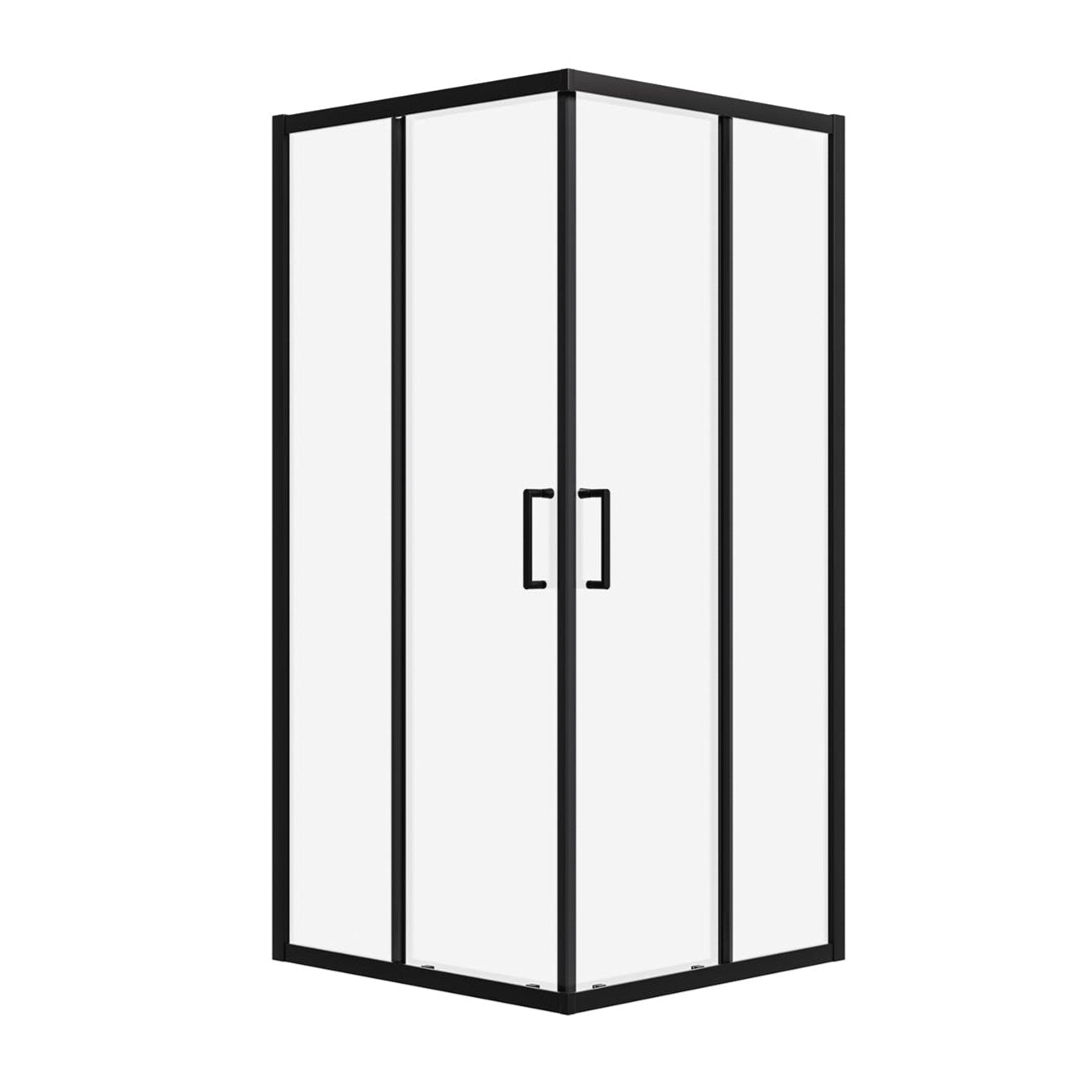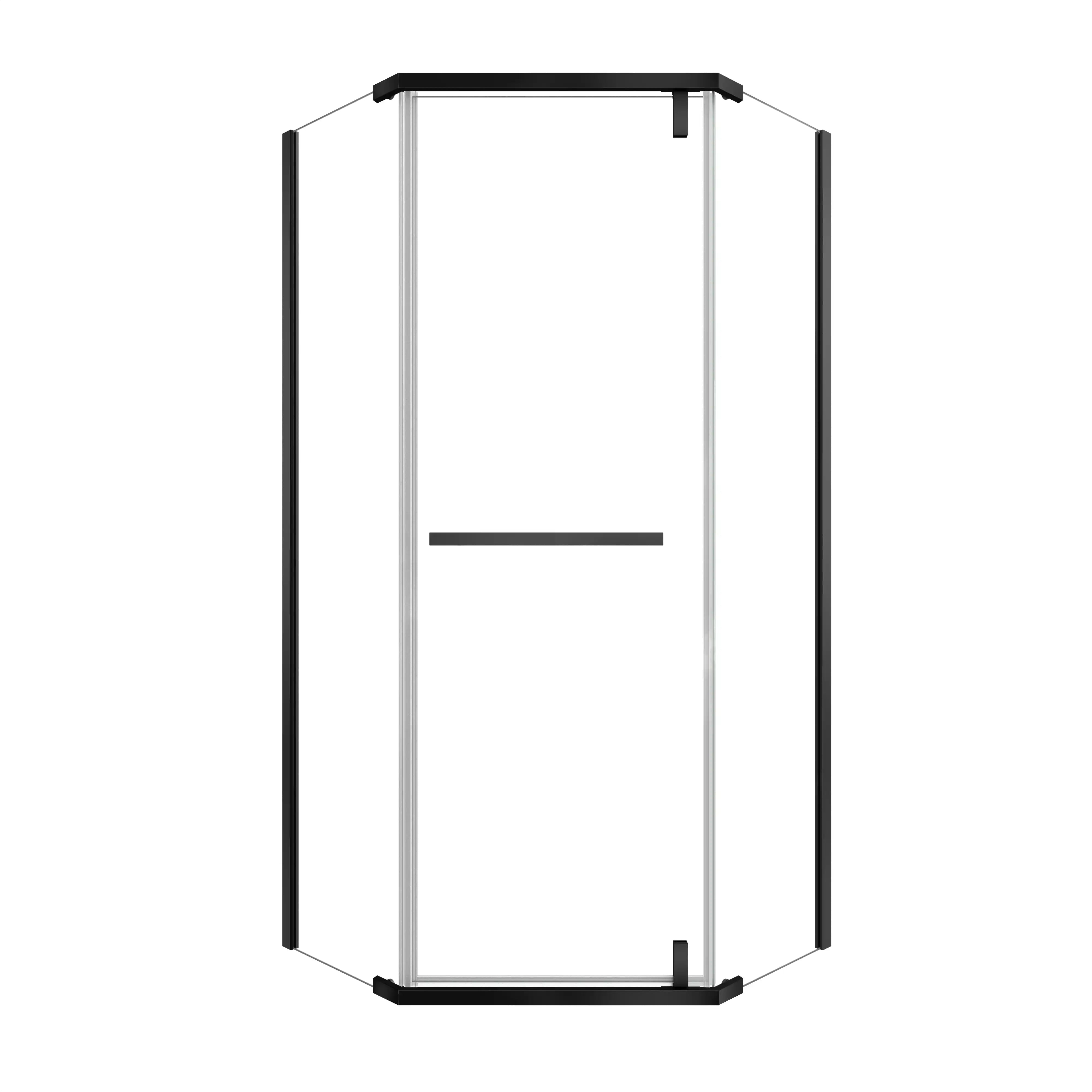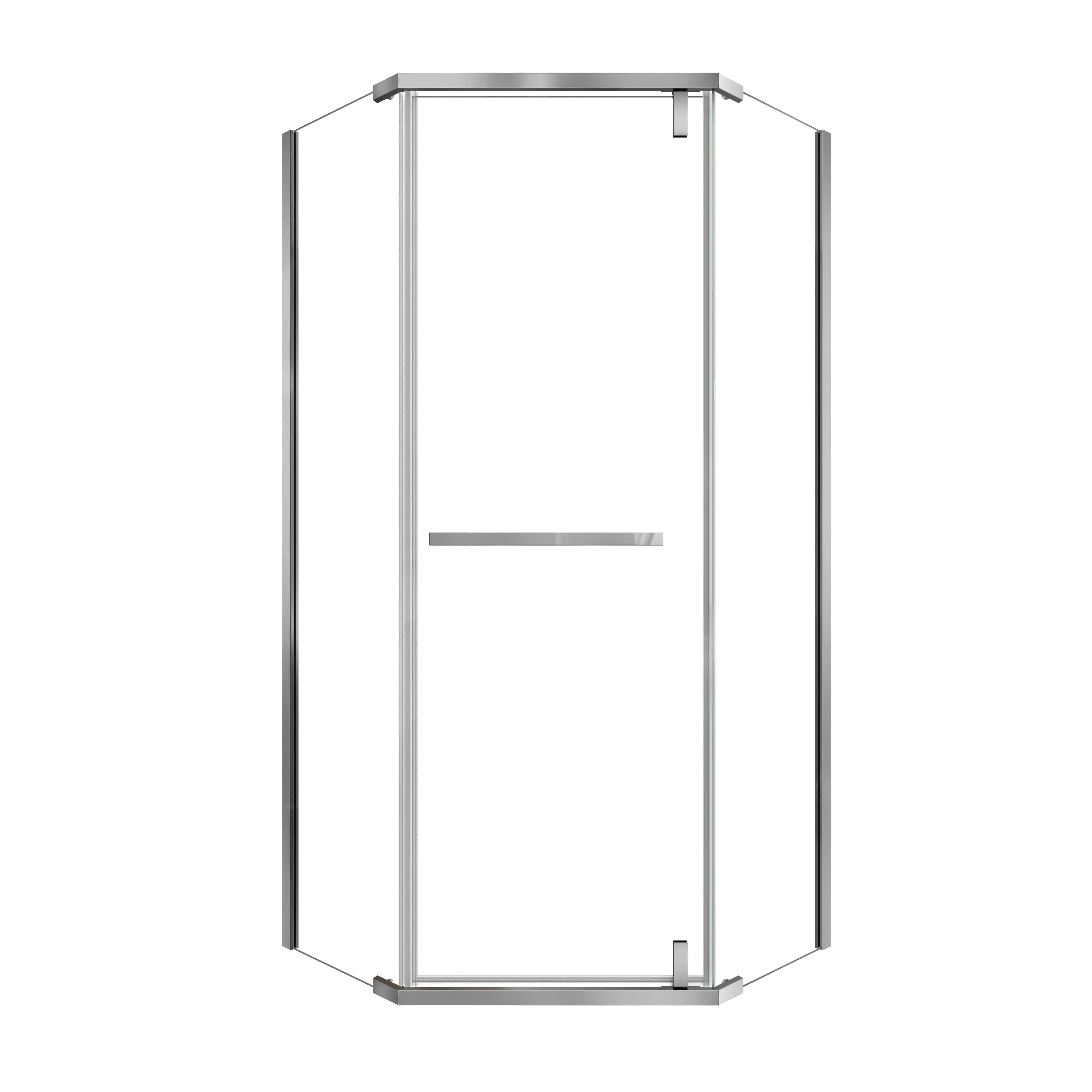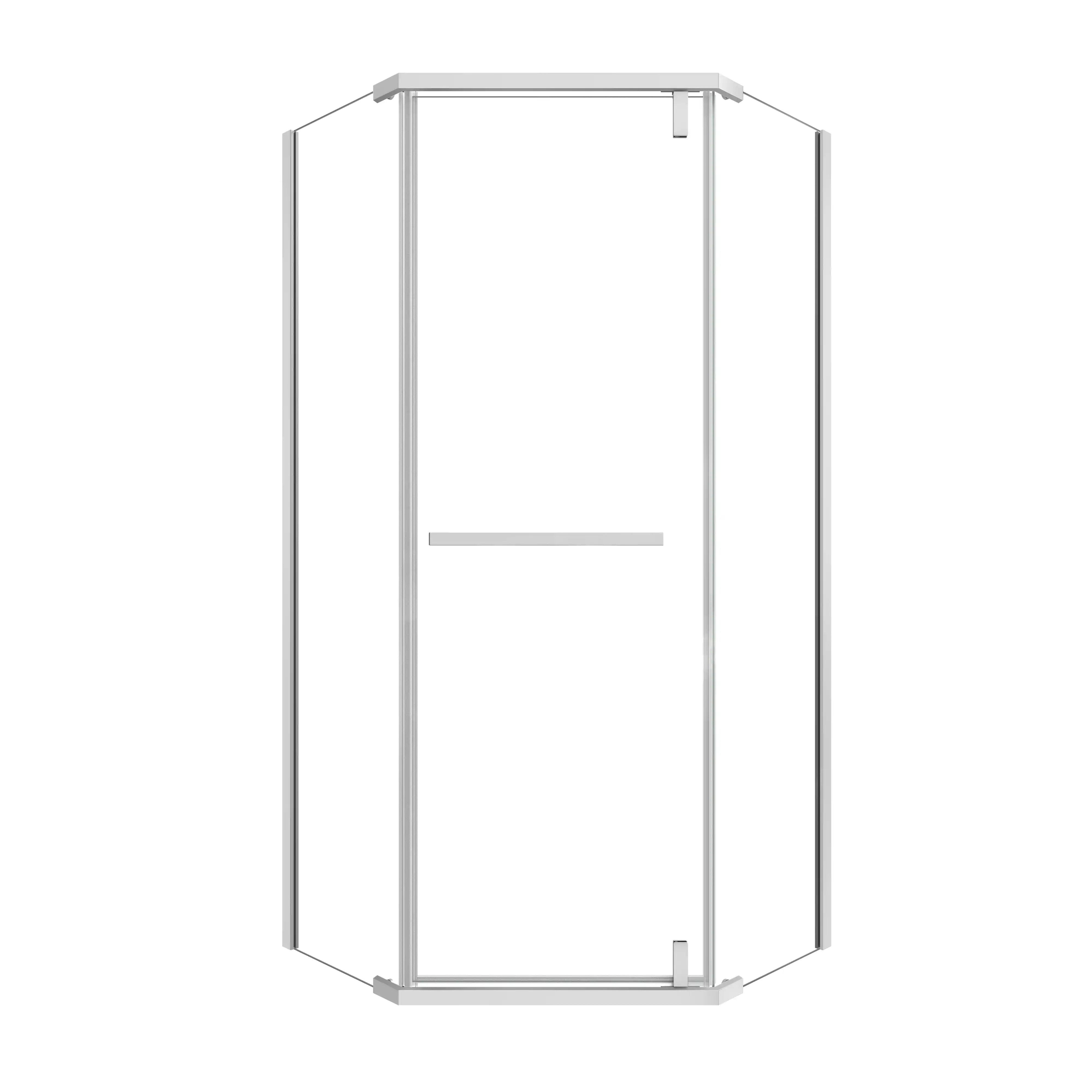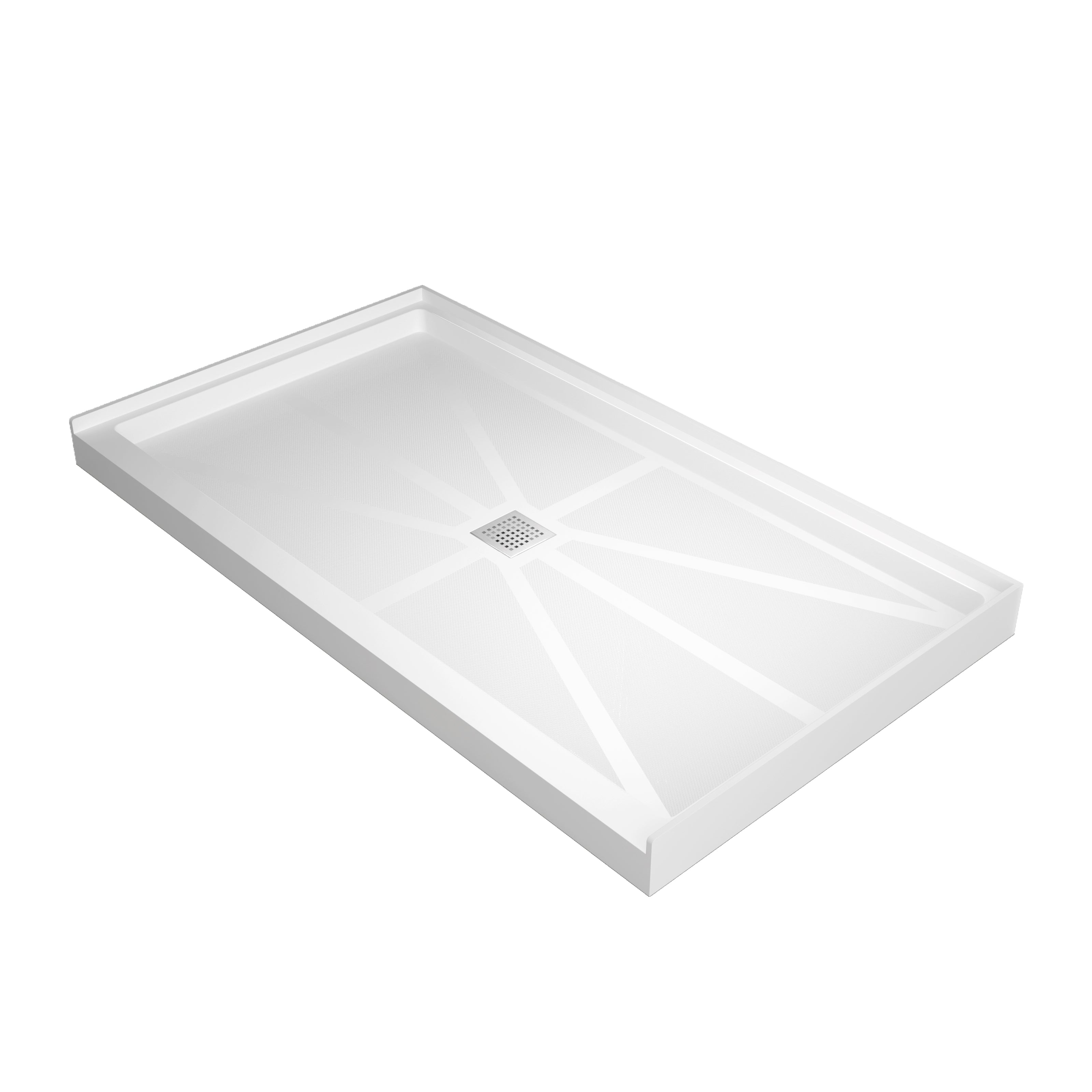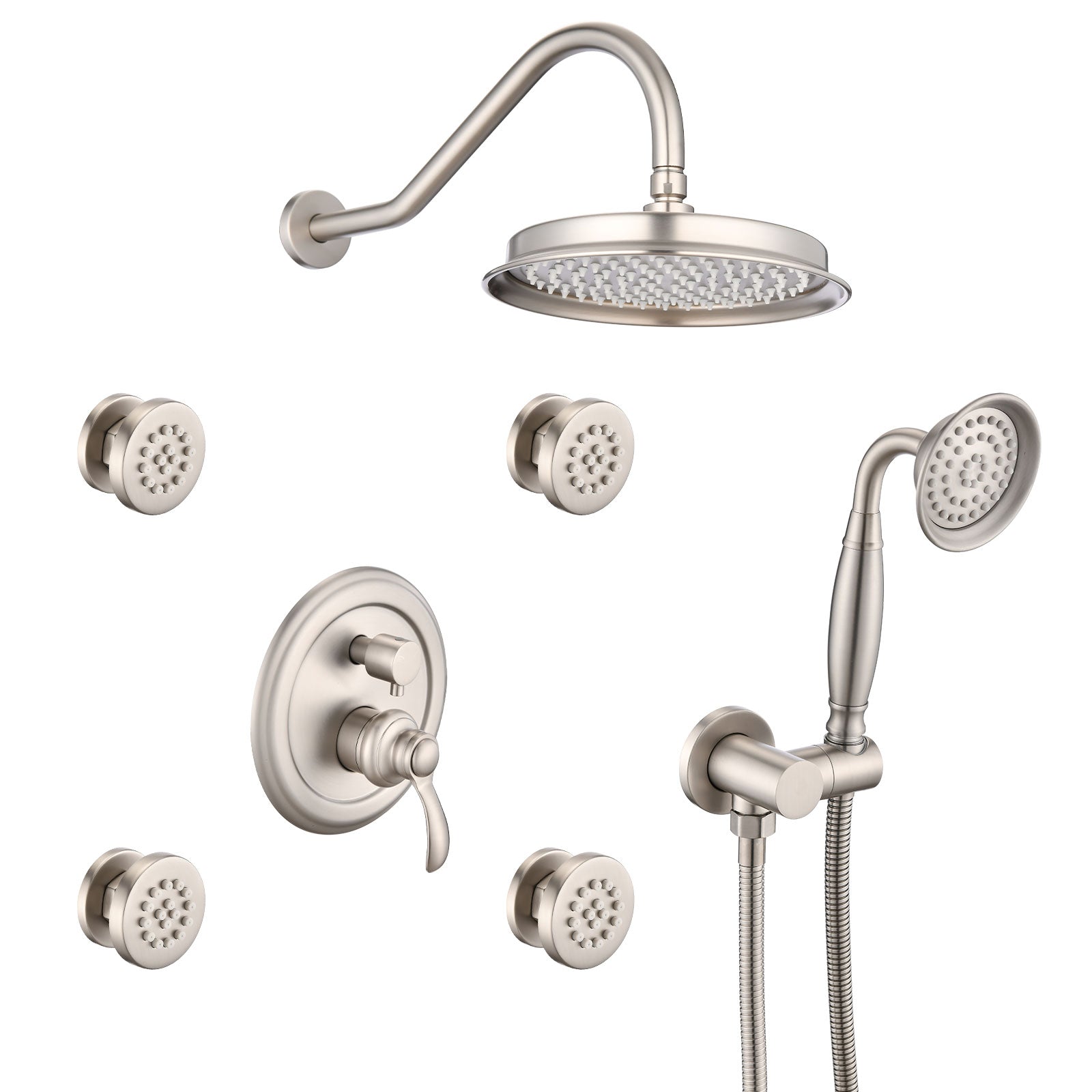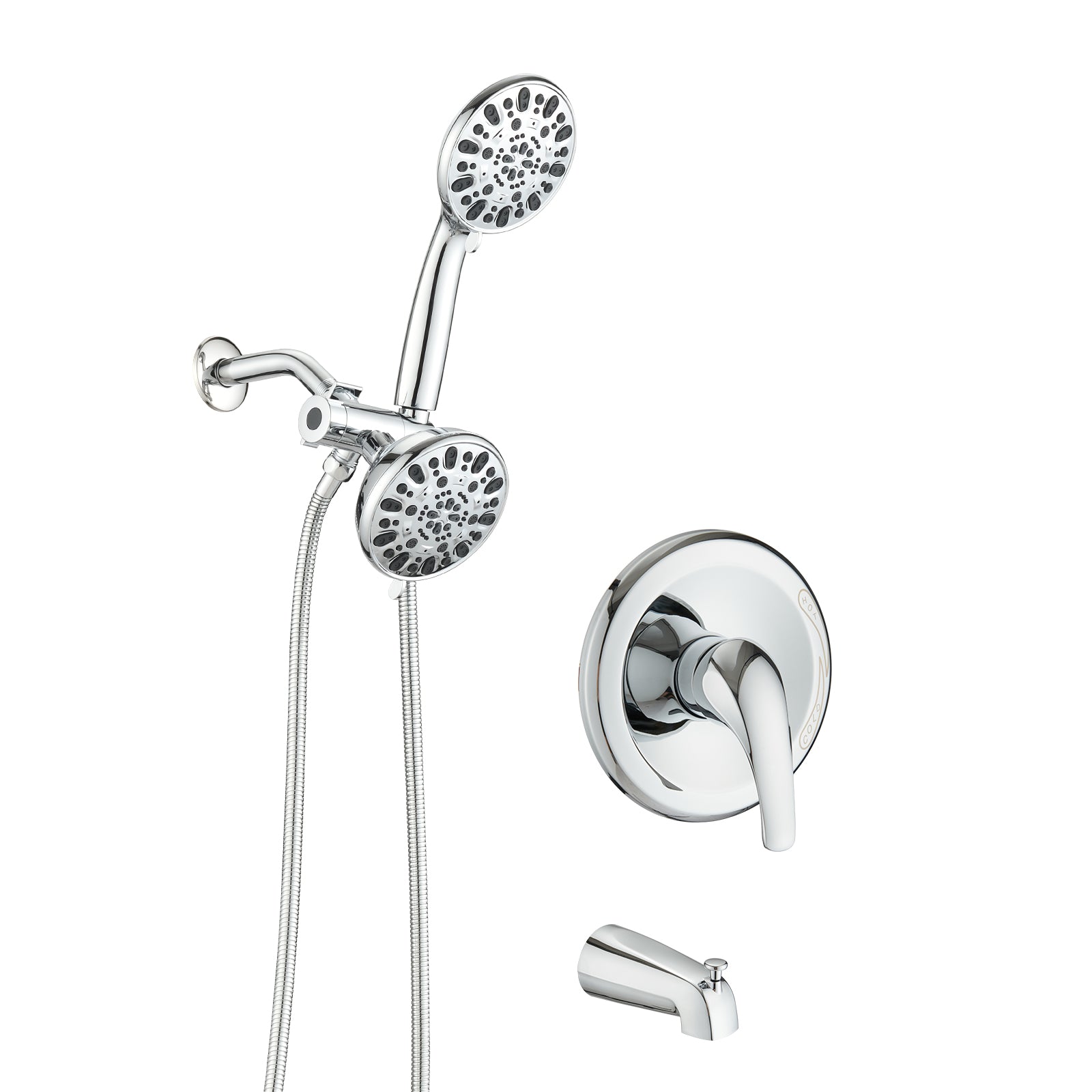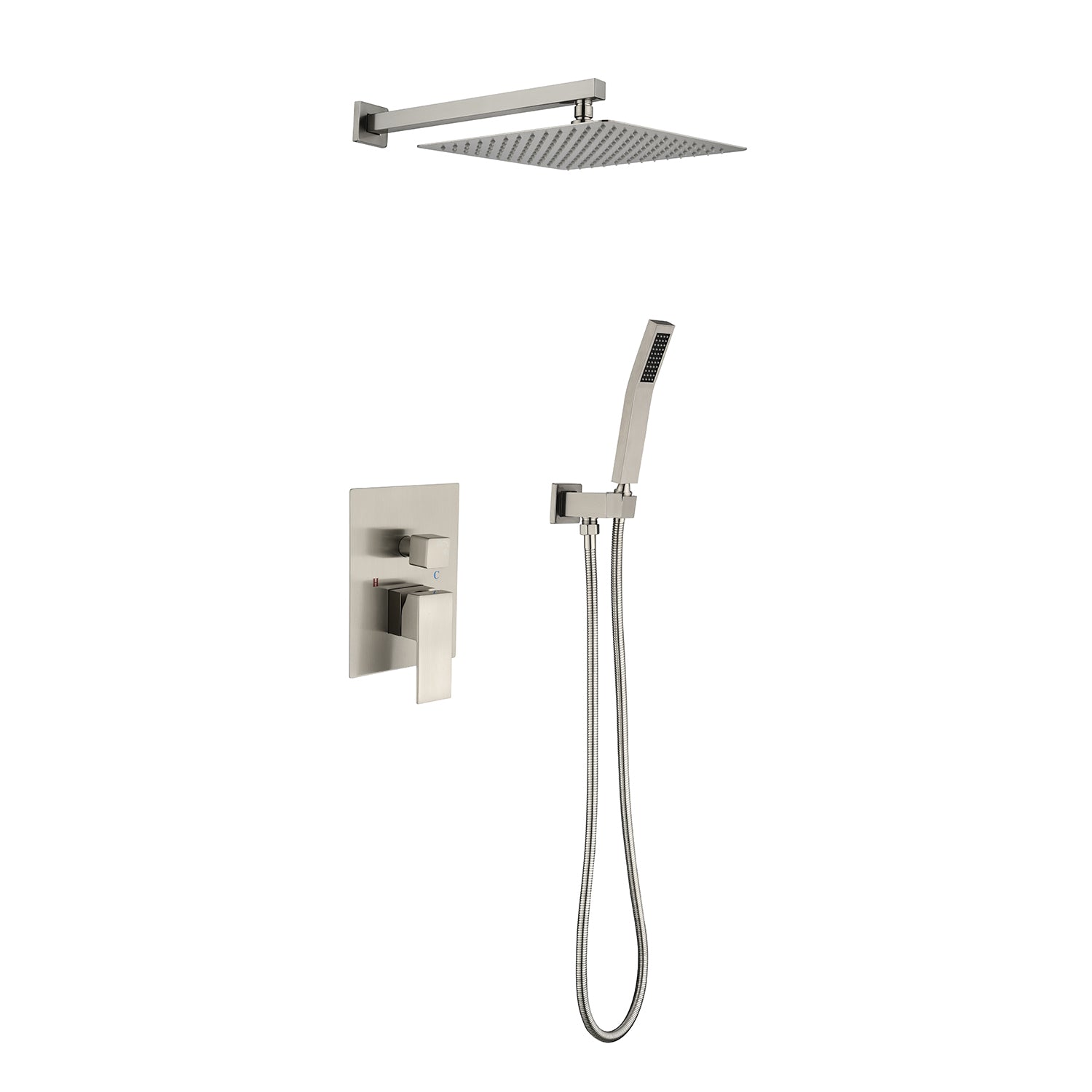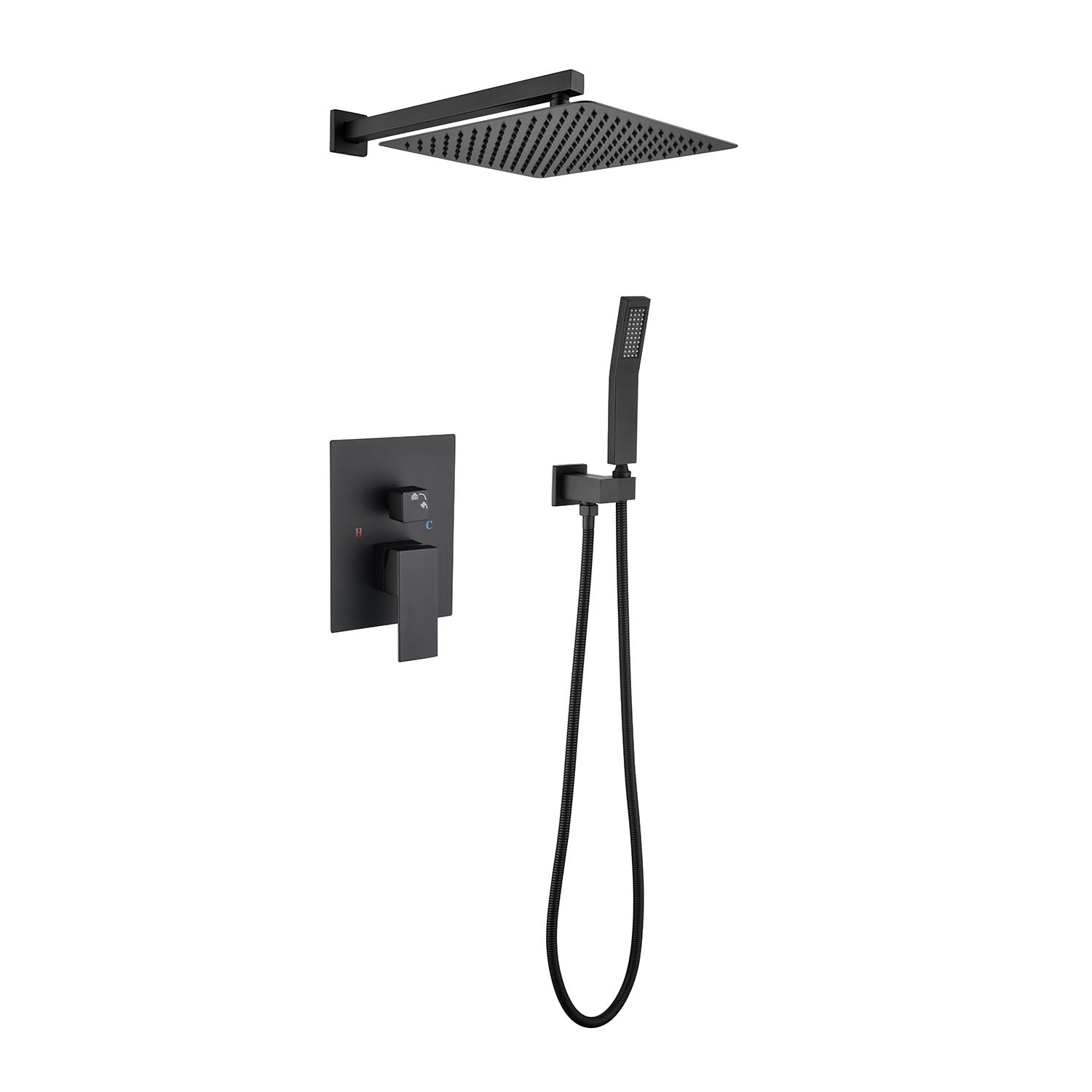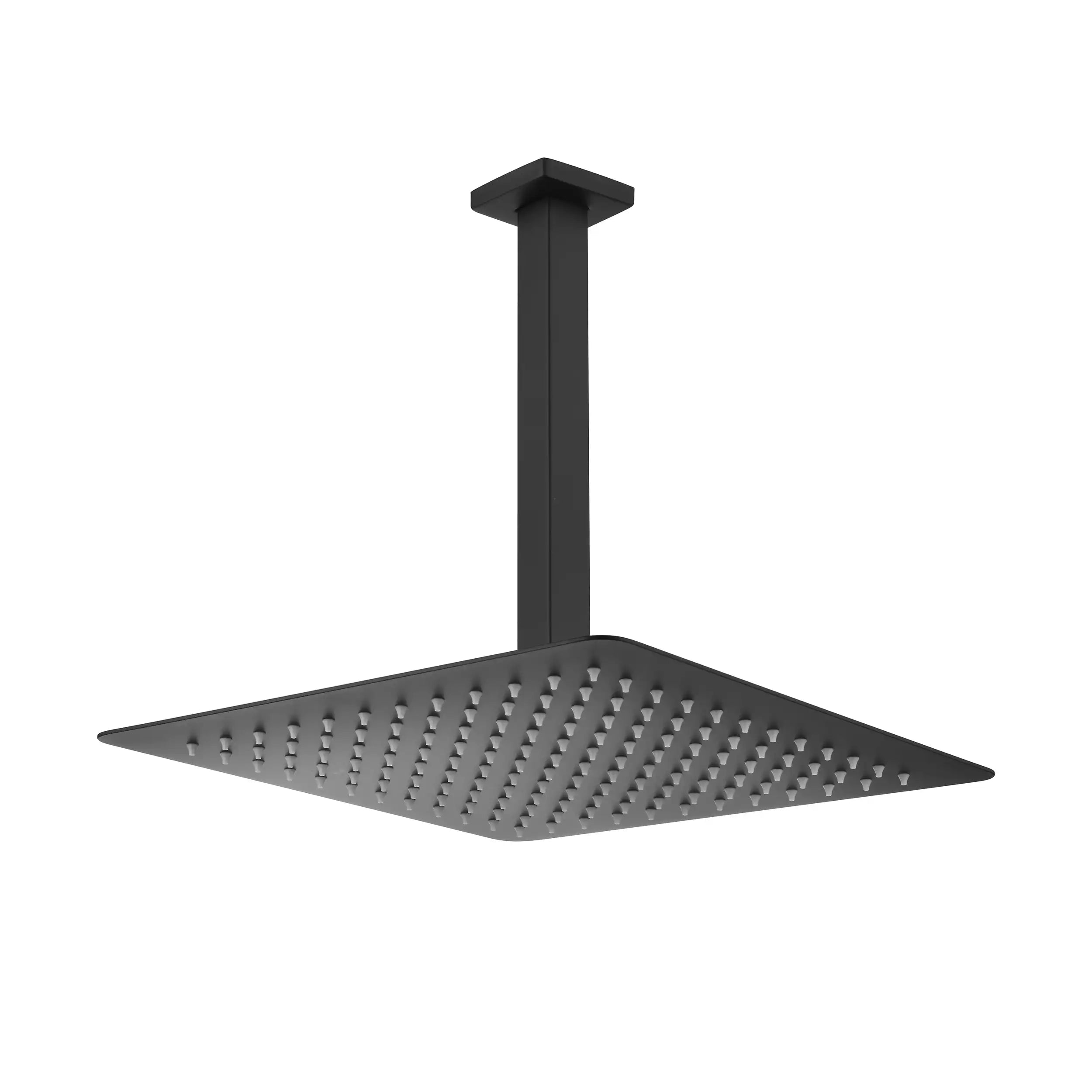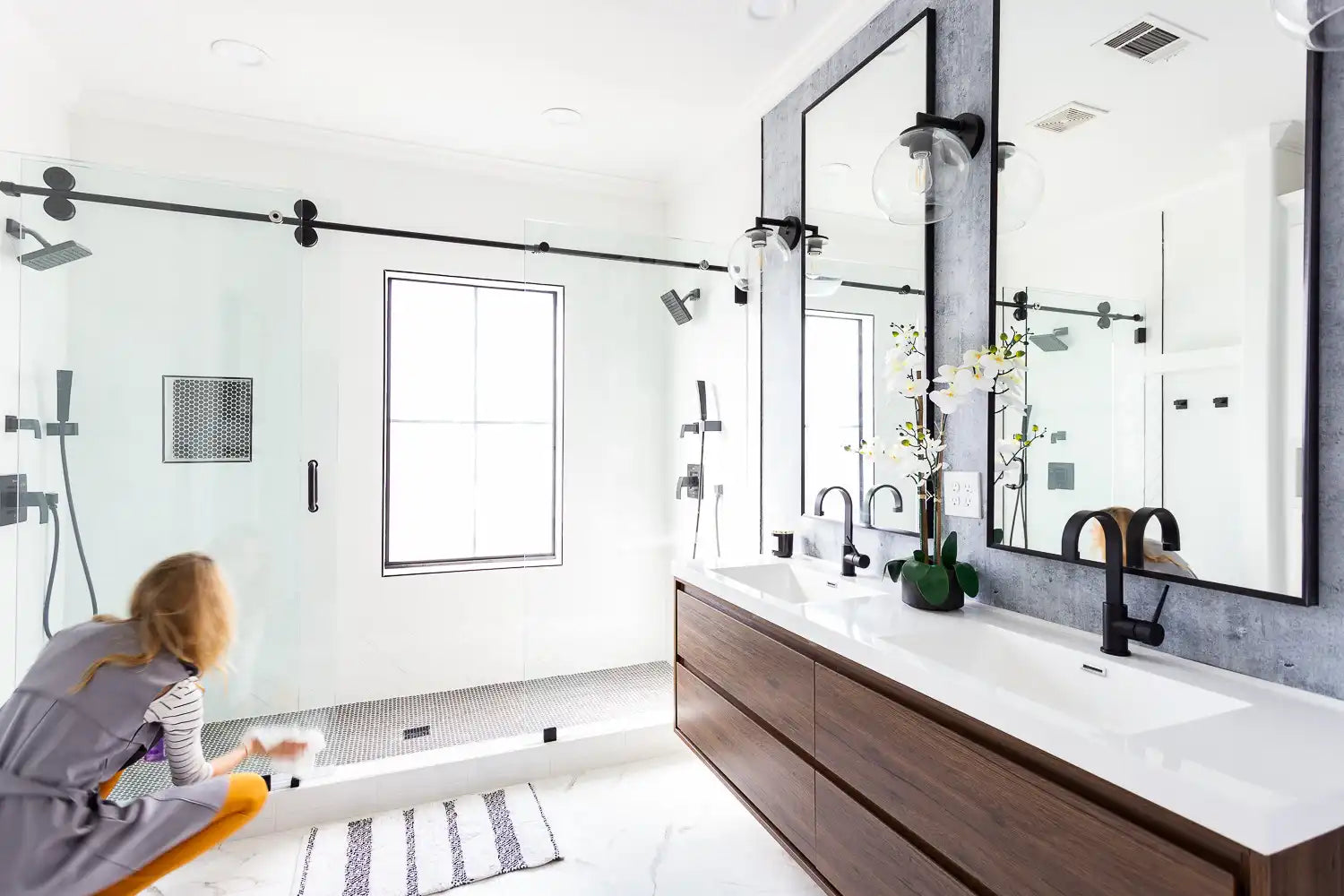
You can use your outdoor shower to rinse off before and after a swim, wash your pet, rinse off after gardening, or enjoy a refreshing cold shower in the summer. An outdoor shower is a valuable addition to your home that keeps dirt, mud, and sand from the beach out of your indoor spaces and, if done right, adds a luxurious touch to your backyard.
This guide covers the key factors you must consider before building your DIY outdoor shower enclosure. We are going to explore location, materials, drainage, privacy, and accessories to elevate your outdoor shower experience.
Key Considerations for Your DIY Outdoor Shower Enclosure Project
1. Location
Location is critical to your DIY outdoor shower enclosure functionality and efficiency. Consider ease of access when placing your enclosure. Place your outdoor shower where it will be most useful, such as near your pool, close to your garden, or near the back door. Consider the following when deciding on your DIY outdoor shower enclosure location:
- Proximity to Water Source: You can get water directly from your main supply or a garden hose.
- Drainage: Place your outdoor shower enclosure on a gentle slope to avoid water pooling.
- Privacy: Choose a location shielded from public view by trees or the walls of other structures. The other choice involves putting up an enclosure that provides sufficient coverage.
- Sunlight and Ventilation: Ensure your outdoor shower is well-ventilated to prevent mold and mildew buildup. Raise the walls a foot above the ground to promote airflow and help with drying after use. Placing your outdoor shower in the sunlight boosts freshness and your outdoor showering experience.
2. Outdoor Shower Enclosure Materials
Choose materials that can withstand prolonged exposure to weather elements for your DIY outdoor shower enclosure structure and fixtures. Consider the following materials:
- Wood: Cedar, teak, and redwood are naturally water-resistant and provide a rustic aesthetic. Wood requires regular treatment to keep it waterproof and bright.
- Bamboo: Eco-conscious individuals may prefer bamboo for its aesthetics and freshness.
- Metal: Stainless steel or aluminum offers structural integrity for your outdoor shower enclosure. But, you need to think about rust with metal structures.
- PVC or Vinyl Panels: Low maintenance and weather resistance make them great for wet environments. They may, however, fade and discolor in hotter areas.
- Stone or Concrete: Stone provides a more permanent and rustic feel to your outdoor shower enclosure.
- Shower Fixtures: Just like for the structure, consider installing fixtures that will improve your outdoor shower experience and stand the test of time.
Pro Tip: Consider the feel of the material when installing your shower enclosure floor. For example, wood decking has a more comfortable feel and is colder than stone or tile during hot summer days.
3. Drainage System
One may be forgiven for thinking that their outdoor shower water will miraculously disappear into the soil, well not without your help. Outdoor showers need effective drainage to prevent pooling in your backyard. Outdoor shower enclosure drainage options include:
- Gravel Beds: Placing your outdoor shower on a gravel bed ensures water seeps effectively into the ground below.
- French Drains: Some homeowners install French drains to direct the water away from the outdoor shower area.
- Dry Well Systems: This system includes a deeper pit filled with stones of different sizes to disperse the water into the surrounding ground.
- Direct Connection to Sewage System: Your Local Municipal regulations may require you to direct your outdoor shower water into the main sewage system.
4. Plumbing Options (Hot Vs. Cold Water)
You can choose either hot and cold -water or cold water only for your outdoor shower. Hot water outdoor showers require additional plumbing connecting to your home’s water heater or a solar-heated system. You may need to hire a plumber for this kind of plumbing. Cold water-only outdoor showers have simple plumbing ideal for DIY projects.
Pro Tip: If you prefer a hot and cold water outdoor shower, consider installing a shut-off valve for the shower connection to prevent freezing during winter.
5. Privacy and Shelter
An outdoor shower enclosure should provide privacy and protection from wind and direct sunlight. But, it doesn't have to feel like a box. Instead of building a full enclosure, get creative by taking advantage of beautiful views and the natural environment. Use elements such as trees and hedges to increase coverage and incorporate design elements like partial walls to enjoy the outdoor setting. If you decide to roof your outdoor shower enclosure, consider a partial roof or pergola for light protection while maintaining an open-air feel.
6. Check Local Regulations
It is important to check with your local municipality if you need any permits for your DIY outdoor shower enclosure project. Some local authorities require permits, especially if you're adding hot water or connecting to the main sewerage system. You could save yourself the headache and probably some money if you started with this consideration. You will know what materials to buy and gauge other building needs.
Enhancing Your Outdoor Shower Experience (Outdoor Shower Fixtures)
Adding thoughtful fixtures and accessories can elevate your outdoor shower from a simple rinse-off station to a spa-like retreat. Here are some fixtures to consider:
1. Shower Heads

- Rain Showerhead: Provides a wider even spray for a gentle and luxurious feel.
- Handheld Shower: Offers more control and practicality for rinsing off pets and focused cleaning.
- Multiple Shower Heads: Create a more immersive experience by combining all the advantages of different shower head types.
2. Storage and Relaxation
- Shelves and Hooks: Install corner shelves for your soap and shampoo. Installing hooks for towels and clothes makes your outdoor shower practical.
- Shower Bench: A bench in your outdoor shower improves comfort and functionality.
- Mirror: Add a fog-resistant mirror for aesthetics and convenience.
-
Lighting: Add String lights or solar-powered lanterns if you envision using your outdoor shower at night.
3. Landscaping and Aesthetic Touches

- Greenery: Consider planting climber flowers around your enclosure to add privacy and color.
- Pathway: A paved and decorated path leading to the shower enhances accessibility and aesthetics.
- Outdoor Rug: A quick-drying rug adds a cozy touch and underfoot comfort.
Final Thoughts
Building a DIY outdoor shower enclosure is a rewarding project that enhances the functionality and beauty of your outdoor space. Select durable materials, consider privacy and drainage, and incorporate thoughtful fixtures to create a luxurious outdoor oasis for your family.
FAQS
How can I prevent water from spilling out of the area during an outdoor shower?
To prevent water from splashing out of the shower area, you may consider adding water stoppers or waterproof curtains around the shower enclosure, or opting for higher enclosure walls to restrict water flow. Another option is to use waterproof floor tiles at the bottom of the shower, combined with a sloped design to ensure that water drains smoothly.
Can I connect my outdoor shower unit to my pool system?
Yes, it is possible. If your home has a pool and you wish to utilize the pool's water supply to connect your outdoor shower, you can do so through a suitable plumbing and filtration system. However, this requires confirmation that the pool water quality and pressure are suitable for outdoor showering to avoid sewage backflow and waste.
How can I maintain the durability and beauty of my wood fence?
Wooden fences (e.g. cedar, redwood, etc.) are naturally water-resistant, but still require regular maintenance. It can be coated with an outdoor-specific waterproof wood oil or wood protector to prevent the wood from drying out or discoloring due to prolonged exposure to the wind and sun. Also, regularly clean stains and mold from your fence to extend its life.
Thanks for reading this article! If you have any questions or ideas, feel free to leave them in the comments section below or contact us directly via email and we'll respond as soon as we can and help you out.

